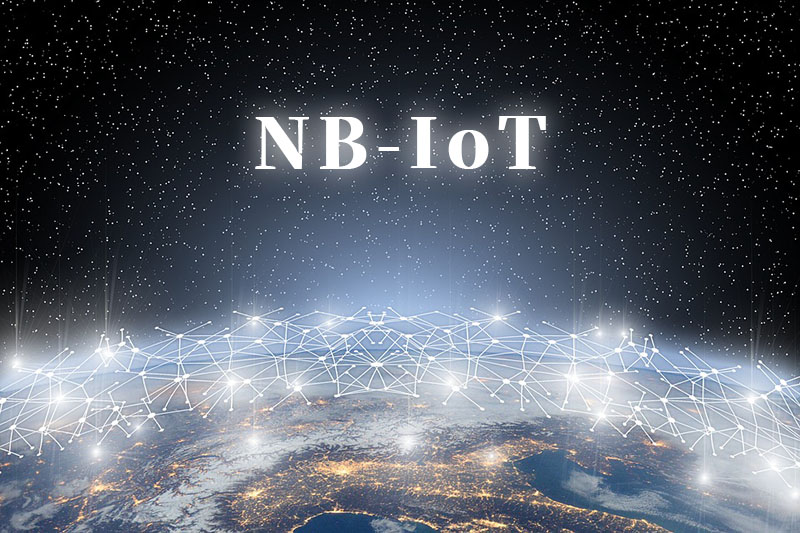NB-IoT is a low-power wide-area IoT technology that operates in authorized frequency bands and is widely supported by mainstream operators and communication equipment manufacturers around the world. Compared with other IoT technologies, NB-IoT has wider coverage, lower terminal power consumption, larger number of connections, and lower cost. In 2017, the Ministry of Industry and Information Technology issued the “Notice on Comprehensively Promoting the Construction and Development of the Mobile Internet of Things (NB-IoT) (Industry and Information Technology Department Communication Letter [2017] No. 351).” After two years of development, as of the end of May this year , there are 84 NB-IoT networks in commercial use (GSMA) around the world, and there are more than 100 global module types, making it one of the most widely used IoT technologies in the world. NB-IoT users are growing rapidly. In the past year, the number of connections has exceeded 45 million, which is the total number of GSM in the past six years.


Recently, 3GPP officially submitted a 5G candidate technology standard proposal to ITU-R (International Telecommunications Union). NB-IoT technology was officially included in the 5G candidate technology collection and was jointly submitted to ITU-R as a component of 5G together with NR. It is reported that after ITU-R reviews the submitted 5G standard proposal, it will be officially released in 2020.
The 3GPP plenary meeting resolved that the cellular IoT technology Cellular IoT (including NB-IoT and LTE-M) will support the business requirements of 5GLPWA (Low Power Wide Area, Low Power Wide Area Network). 3GPP Rel-15 supports in-band coexistence deployment of NB-IoT and NR, ensuring that existing NB-IoT terminal services will not be affected after 5GNR deployment. Accordingly, the Rel-16 version is being standardized to support NB-IoT docking with the 5G core network to ensure that NB-IoT can achieve end-to-end business continuity in the 5G era. 3GPP Rel-17 will launch the project at the end of 2019, and Rel-17 LPWA will continue to evolve based on NB-IoT/LTE-M.
The 5G candidate technology proposal submitted by 3GPP to ITU-R this time has actually determined that NB-IoT is an integral part of 5G. NB-IoT has irreplaceable advantages in LPWA scenarios:
1. NB-IoT technology is more mature and cheaper. The NB-IoT standard was frozen early, the industry chain has matured, and the integration and penetration into vertical industries have become more complete;
2. NB-IoT network construction costs are lower. NB-IoT is built on a cellular network and consumes only about 180kHz of bandwidth. It can be directly deployed on GSM networks, UMTS networks or LTE networks to reduce deployment costs and achieve smooth upgrades.
3. NB-IoT signal gain is greater and coverage is better.
In summary, the 3GPP international standard 5G candidate technology solution submission work to ITU-R shows that NB-IoT is an important part of 5G candidate technology and the main technical means to meet the needs of 5G massive machine connection (mMTC) scenarios. The continuous evolution of NB-IoT standards and the coexistence capabilities of NB-IoT and NR on the air interface and core network provide important technical guarantees for protecting operator investments and ensuring the continuity of diverse LPWA IoT services in the 5G era.